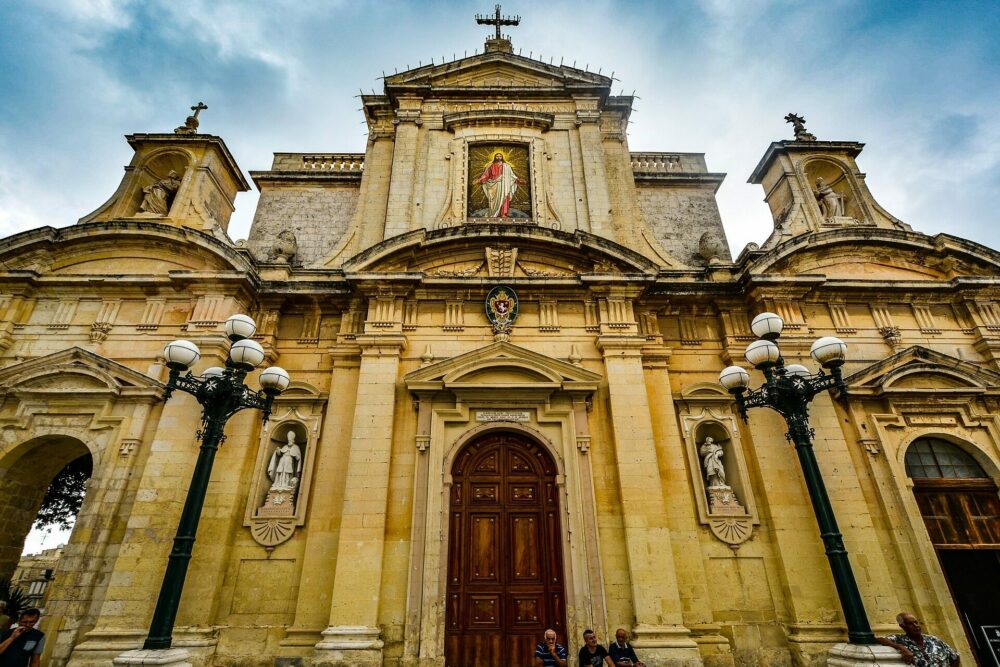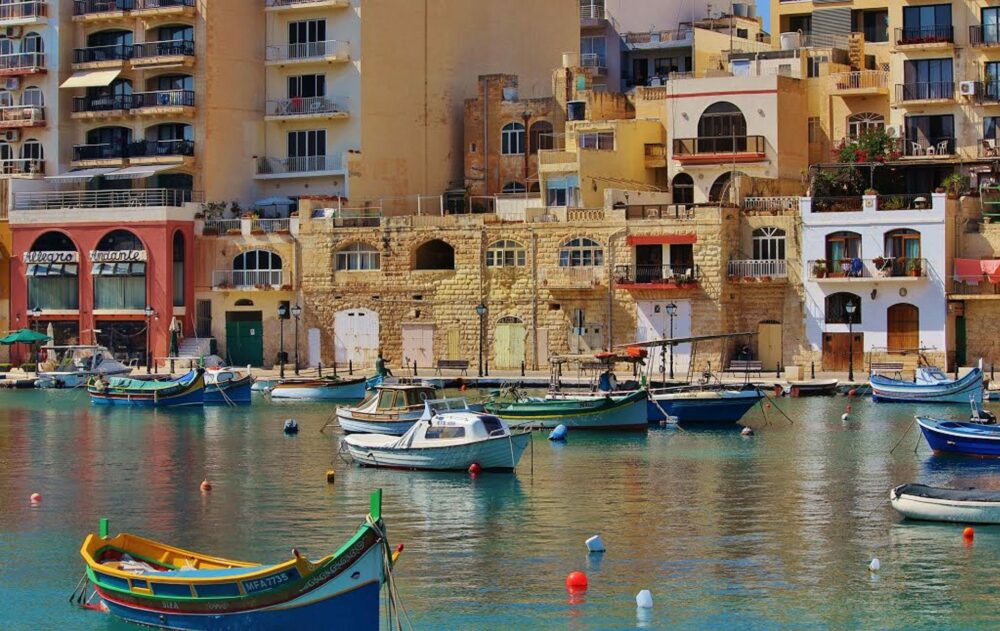Malta is a tiny island nation in the middle of the Mediterranean Sea, deep in history going back to ancient times. It was even mentioned by name in the Bible as a place with friendly locals. More recently, it has become a popular destination for European holidaymakers, drawn to its abundant sunshine, warm, vibrant towns and villages, historical sites and architecture, and many picturesque bays, coves, and harbors. Today, Malta is a developed, English-speaking modern Western European country and is a member state of the European Union.
Population
450,000
Capital
Valletta (Pop. 6,500)
Notable Cities
Birkirkara (Pop. 22,000)
Government
Malta is a parliamentary republic and member state of the European Union (the smallest EU country, in fact.)
Ethnicity
Mostly ethnic Maltese
Language
Maltese




